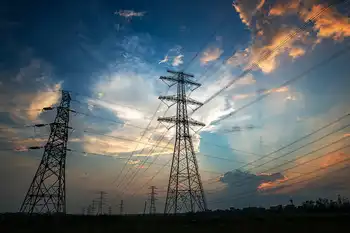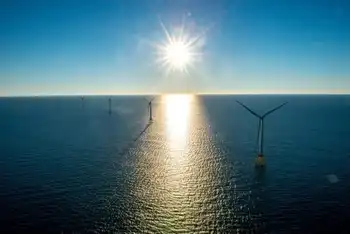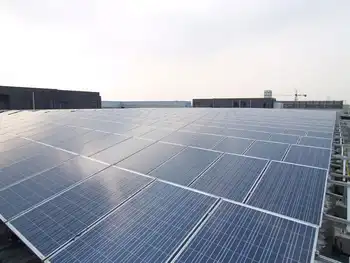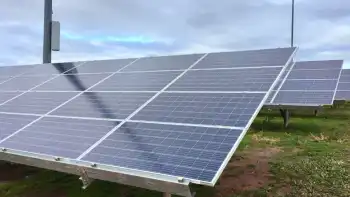Private sector to produce power to spur KenyaÂ’s growth
By International Development Association IDA
Arc Flash Training CSA Z462 - Electrical Safety Essentials
Our customized live online or in‑person group training can be delivered to your staff at your location.

- Live Online
- 6 hours Instructor-led
- Group Training Available
Private power producers are expected to increase KenyaÂ’s electricity generation capacity by 285 megawatts to spur economic growth and improve competitiveness.
The various agreements for the first project, Thika Power, were signed recently between the Government, Kenya Power, Citibank and the World Bank. The project will add 87 megawatts of capacity and the electricity it will produce will be purchased and distributed by Kenya Power.
The investment is supported by the Kenya Private Sector Power Generation Support Project, which will provide a series of Partial Risk Guarantees PRG of $166 million from the World BankÂ’s International Development Association IDA.
The World Bank’s International Development Association IDA, established in 1960, helps the world’s poorest countries by providing loans called “credits” and grants for projects and programs that boost economic growth, reduce poverty, and improve poor people’s lives.
“The PRG is an innovative approach to leverage private sector investment to meet Kenya’s power generation needs,” said Johannes Zutt, World Bank Country Director for Kenya. “It will enable Kenya to attract private investment in the energy sector, bridging critical financing gaps from public sector funding.”
The BankÂ’s PRG instrument for the four private power producers was approved by the BankÂ’s Board of Executive Directors in February 2012, to help expand reliable power supply to domestic and industrial consumers, reducing constraints to growth and creating jobs.
These PRGs are expected to leverage private investments of almost $400 million in Thika Power and three other private power generation projects—Triumph Generating Company, Gulf Power, and the expansion of Or Power 4 geothermal project.
“The PRGs will enable Kenya Power to mobilize long-term commercial financing to purchase electricity from the private independent power producers,” said Pankaj Gupta, the Sector Manager of the World Bank’s Financial Solutions Unit, which specializes on guarantees.
Funding sources will include the African Development Bank, ABSA Capital of South Africa and the BankÂ’s affiliate, the International Finance Corporation IFC. In addition the Multilateral Investment Guarantee Agency MIGA of the World Bank will be providing termination guarantee of around $49 million in support of the commercial finance provided by ABSA Capital. Citibank London will also provide letters of credit in support of the project.
“These investments will support Kenya to rapidly build up its power generation to address short-term constraints of severe power shortages on development,” said Karan Capoor, the Bank’s Task Team Leader of the project. “It will also diversify Kenya’s power mix, reducing the present high dependency on unreliable hydro electricity and expensive emergency diesel plants.”
The governmentÂ’s plan is to increase private sector participation and utilize low carbon resources such as wind and geothermal to increase electricity generation capacity by an additional 2,000 MW in the medium term.
The additional power will contribute to KenyaÂ’s Vision 2030 strategy of expanding electricity access to 40 percent of the population from about 30 percent in 2012.
KenyaÂ’s energy investment program is in line with the BankÂ’s Country Partnership Strategy for Kenya and its Africa Strategy, which identifies mobilizing private capital for infrastructure development as a key pillar of AfricaÂ’s development.











